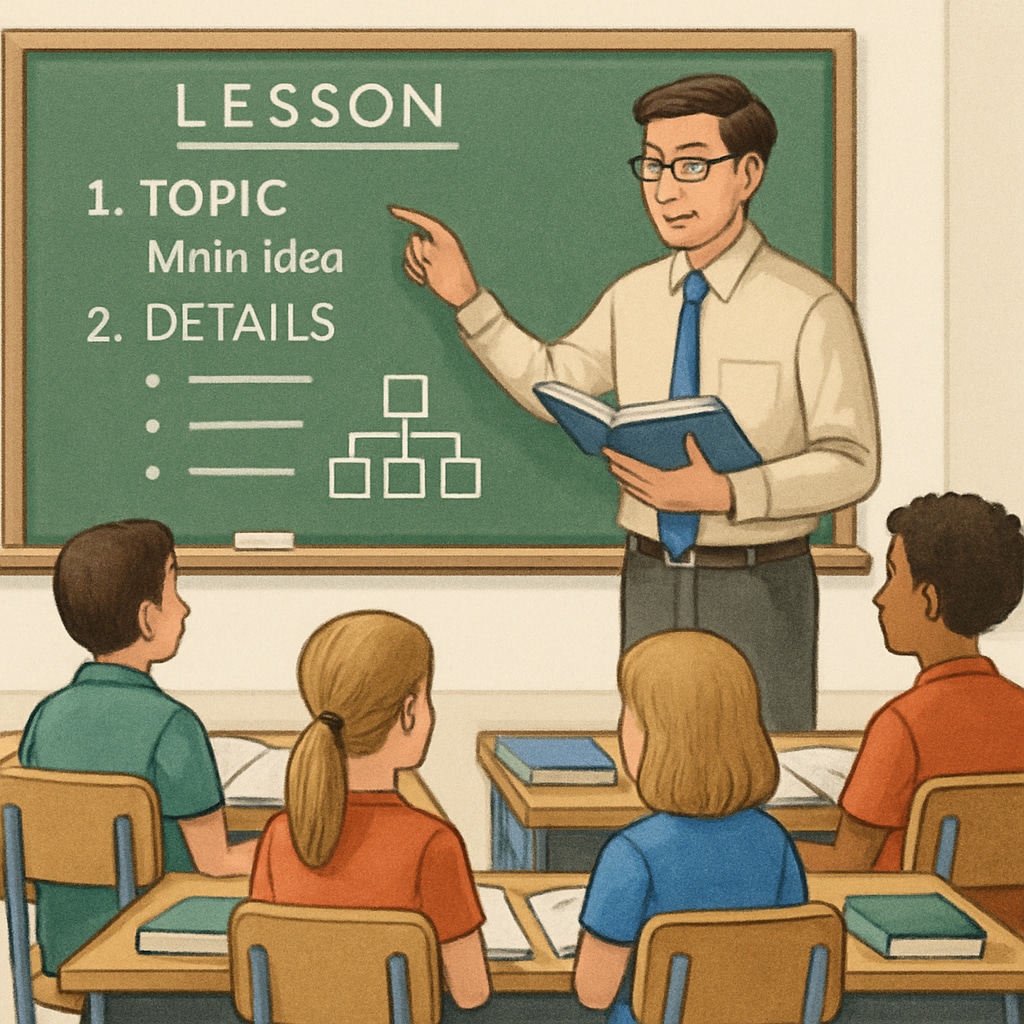When it comes to K-12 education, the choice between structured learning and self-directed exploration can be daunting. Both methods have their unique benefits and drawbacks, making it essential for parents and educators to carefully assess the learning goals, the student’s personality, and the nature of the subject to find the best fit. In this article, we delve into the art of balancing these two approaches and offer practical insights for creating a personalized educational journey.
Understanding the Fundamentals of Structured Learning
Structured learning refers to a systematic and organized educational approach, where lessons are pre-planned, objectives are clearly defined, and progress is closely monitored. This method is typically employed in traditional classroom settings and is particularly effective for subjects requiring a strong foundational understanding, such as mathematics or language acquisition.
- Advantages: Provides predictability, consistency, and a clear roadmap for achieving learning objectives.
- Disadvantages: Can sometimes stifle creativity and limit opportunities for independent thinking.
Structured learning works well for students who thrive on routine and need external guidance to stay motivated. It is also highly beneficial for mastering complex concepts that require step-by-step instruction.

The Appeal of Self-Directed Exploration
On the other hand, self-directed exploration gives students the freedom to pursue topics of interest at their own pace. This learning style emphasizes curiosity and independence, often allowing learners to take a hands-on approach to problem-solving and discovery.
- Advantages: Encourages creativity, critical thinking, and intrinsic motivation.
- Disadvantages: May lack structure and lead to gaps in foundational knowledge if not properly guided.
Self-directed learning is ideal for students with a strong sense of curiosity and the discipline to manage their own time effectively. It is especially suited for exploratory subjects like art, design, and scientific experimentation.

Finding the Right Balance
While both methods have their merits, the key lies in striking a balance that aligns with the student’s needs and the learning objectives. Here are some factors to consider when making this decision:
- Learning Goals: For foundational skills like reading and math, structured learning is often necessary. However, for fostering innovation and problem-solving, self-directed exploration can be invaluable.
- Student Traits: Consider the student’s personality, learning style, and level of self-discipline. Some students excel with clear guidance, while others thrive with autonomy.
- Subject Characteristics: Subjects with a linear progression, like mathematics, may benefit from structured learning, whereas exploratory subjects like art and science can incorporate more self-directed elements.
For many students, a hybrid approach that combines structured learning with opportunities for self-directed exploration proves to be the most effective. For instance, a student might follow a structured curriculum for core subjects while dedicating afternoons to independent projects or hobbies.
Practical Tips for Parents and Educators
To implement a balanced approach, consider the following strategies:
- Set clear boundaries: Define which parts of the curriculum will follow a structured format and which allow for flexibility.
- Foster a growth mindset: Encourage students to embrace challenges and view mistakes as opportunities to learn.
- Monitor progress: Even in self-directed learning, regular check-ins and feedback ensure that students stay on track.
- Adapt and evolve: Be open to adjusting the balance as the student’s needs and interests change over time.
By carefully considering the individual needs of each student, parents and educators can create an environment where both structured learning and self-directed exploration coexist harmoniously, fostering both academic success and personal growth.
In conclusion, the decision between structured learning and self-directed exploration does not have to be an either-or choice. By understanding the strengths and limitations of each approach, and tailoring the balance to fit the learner’s unique traits, we can create a personalized educational journey that nurtures both foundational knowledge and independent thinking.
For more information on learning methods, visit Learning on Wikipedia or explore resources on education from Britannica.


